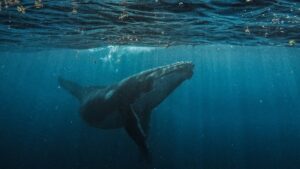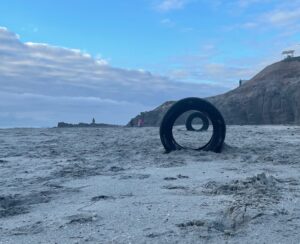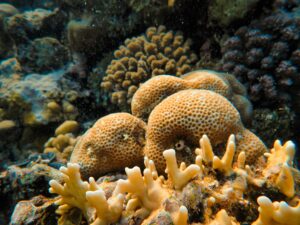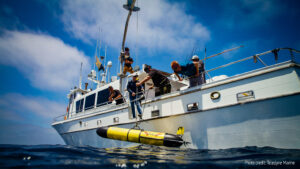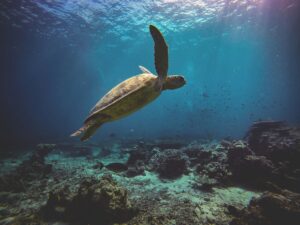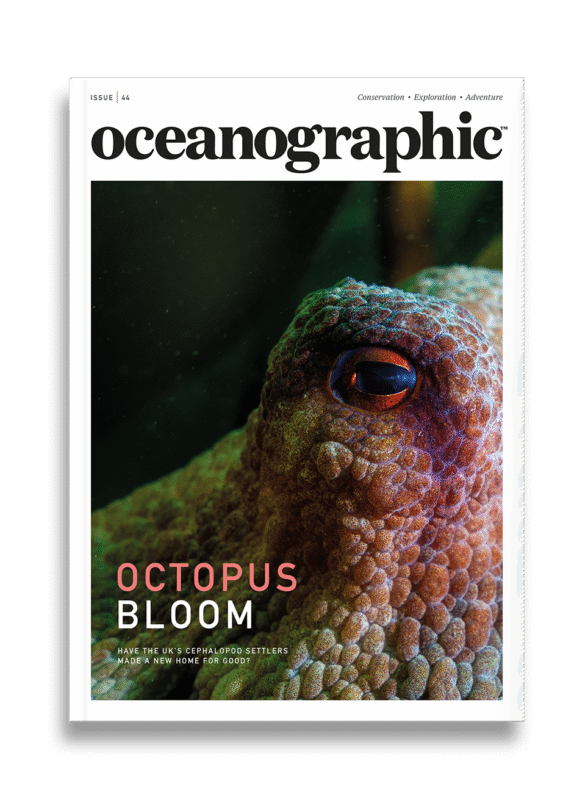Chemical-eating marine life is "deepest colony" known to exist
According to the team’s research published in the scientific journal, Nature the discovery of life in Earth’s deepest underwater valley suggests there could be much more life thriving in hostile conditions at the bottom of the - largely unexplored - ocean.
Scientists exploring two oceanic trenches in the northwest Pacific have discovered thriving communities of marine life, including thousands of worms and mollusks nearly six miles beneath the surface, making it the deepest colony of creatures ever to be observed.
Dominated by tube worms and clams, the community is able to survive at depths through a process known as chemosynthesis, meaning that life here is nourished by the fluids ‘rich in hydrogen sulfide and methane’ seeping from the seafloor, which they then turn into energy.
The discovery was made by a team of scientists – led by researchers from China – piloting a deep-sea submersible able to reach these astounding depths (up to 10 kilometres below sea level) within the northwest Pacific’s Mariana Trench.
According to the team’s research paper now published in the scientific journal, Nature the discovery of life in Earth’s deepest underwater valley suggests there could be much more life thriving in hostile conditions at the bottom of the – largely unexplored – ocean.
Co-lead author on the study, Xiatong Peng, from China’s Institute of Deep-sea Science and Engineering at the Chinese Academy of Science, said: “Hadal trenches, some of the Earth’s least explored and understood environments have long been proposed to harbour chemosynthesis-based communities. Yet, despite increasing attention, actual documentation of such communities has been exceptionally rare.”
This paper begins to change that. Within it, the team documents the discovery of the “deepest and most extensive chemosynthesis-based communities known to exist on Earth” during an expedition to the Kuril-Kamchatka Trench and the western Aleutian Trench, using the manned submersible, Fendouzhe.
The discovered communities – dominated by the species siboglinid Polychaeta and Bivalvia – span a distance of 2,500km at depths from 5,800 metres to as much as 9,533 metres.
“Given geological similarities with other hadal trenches, such chemosynthesis-based communities might be more widespread than previously anticipated,” said Xiatong Peng. “These findings challenge current models of life at extreme limits and carbon cycling in the deep ocean.”
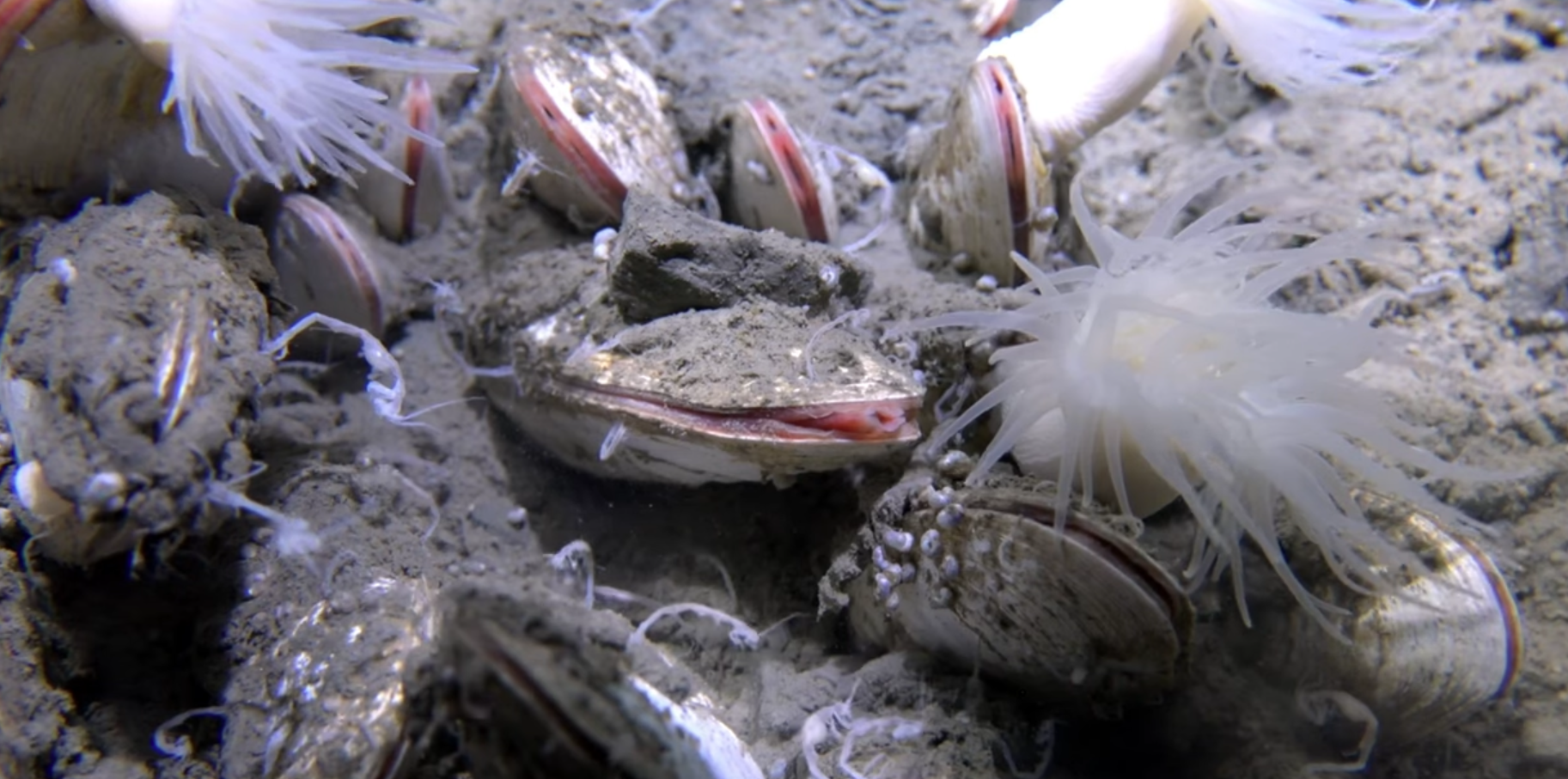
These findings have been published at what is a critical time for the deep-sea environment. Nations continue to wrangle over the highly contentious issue of deep-sea mining and the likes of China and the United States have expressed more than a cursory interest in mining the deep seabed for minerals, despite the strength of financial and ecological arguments against it.
Ocean scientists have unanimously warned that mining the under-explored seafloor – one of the last wild spaces on the planet – could decimate fragile ecosystems that we know all too little about. Recent studies have shown that the deep seabed would take decades to show any signs of recovery, if it were to show any at all and that an activity such as mining could destroy its ability to harness life indefinitely.
Despite this, recent discussions between the International Seabed Authority concluded earlier this month in Kingston, Jamaica with the adoption of the long-awaited rules to govern the deep sea mining industry. This has been taken as a small victory for now by conservationists as the ISA itself has stated that no deep-sea mining activity can lawfully take place without those regulations being first agreed upon.
The wider calls are for a moratorium or all-out ban on deep-sea mining. The Canadian mining company, The Metals Company has moved to kickstart the process via the US. The ISA is currently investigating this activity.
The discovery of such abundance of life at some of the deepest points on the planet is strong evidence to support the arguments against the destructive practice.
The research paper, “Flourishing chemosynthetic life at the greatest depths of hadal trenches” has now been published in the scientific journal Nature.


"*" indicates required fields
Printed editions
Current issue
Back issues
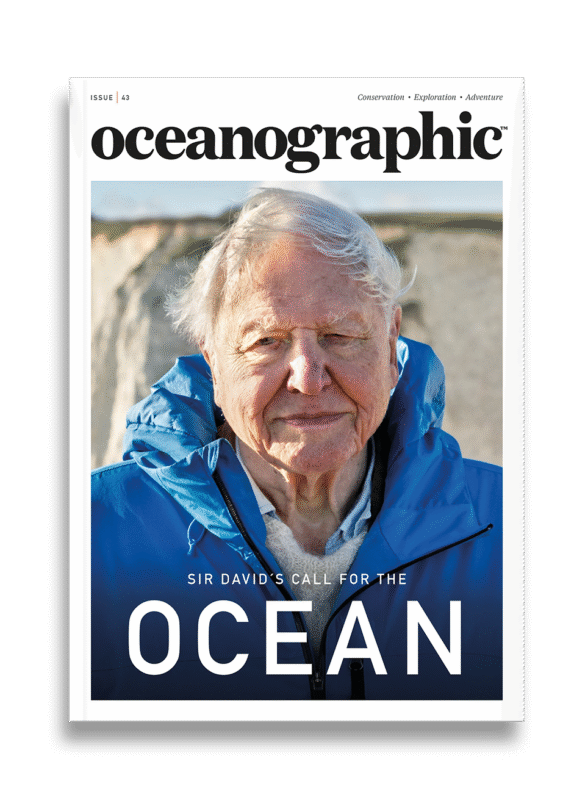
Back Issues
Issue 43 Sir David Attenborough’s ‘Ocean’

Back Issues
Issue 41 Holdfast to the canopy
Enjoy so much more from Oceanographic Magazine by becoming a subscriber.
A range of subscription options are available.

